Title photo by Carlos Fernandez-Cid
While I was reading up on information for a nudibranch post, I was surprised to learn that they are also found in UK waters. And also on occasion, we sometimes have exotic visitors like Babakina anadoni if we're lucky....
Usually, they are to be found in
....warm Atlantic waters including off the west coast of Spain, the Canary Islands and the coastlines of Portugal and rarely southern France. It is also known from the eastern Atlantic in The Bahamas, as well as the French Caribbean and the coast of Brazil
In 2022 (possibly a result of global warming) one was found much further North than it's usual range, off the Isles of Scilly, UK. It was found by Allen Murray, a volunteer diver taking part in the Wildlife Trusts Seasearch initiative where people are asked to record wildlife found during their scuba dives Source
The following year another was found even further North in a rock pool at Falmouth, Cornwall, Mainland UK!
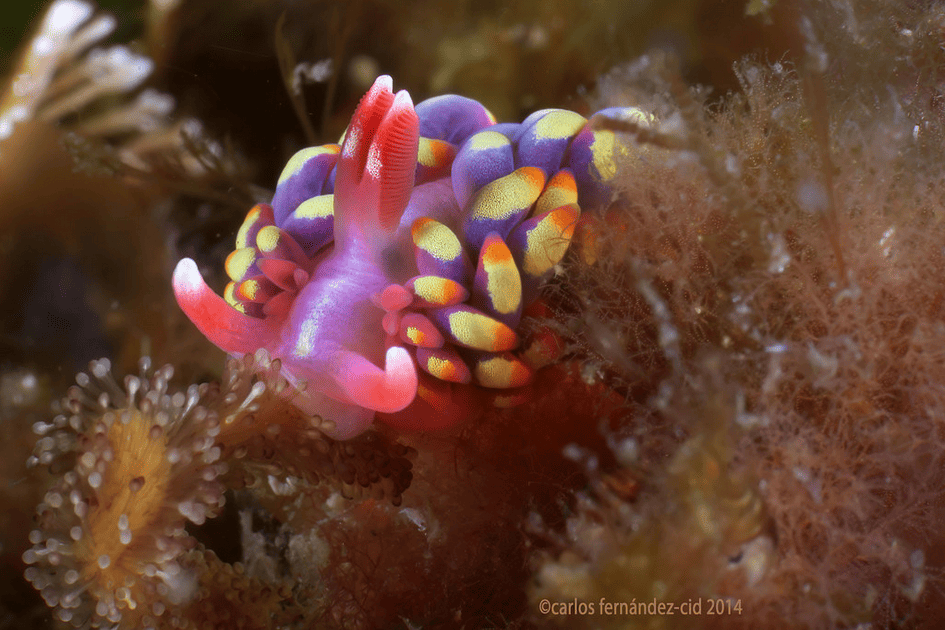
Photo by Carlos Fernandez-Cid of B. anadoni eating Candelabrum cocksii. Cabo Udra. Ría de Pontevedra
It grows to be around 20mm long, and the ground colour of it's body is purple
[The] chemosensory organs (rhinophores) and other structures covering the surface of the body (cerata) are contrasting shades of purple as well as different colours including blue, white, yellow and pink

Photo by Carlos Fernandez-Cid
It was only described in 1979, and it was named in honour of Emilio Anadón Frutos (1917-1997)
....who was a professor of zoology and marine biology at the University of Oviedo, Spain
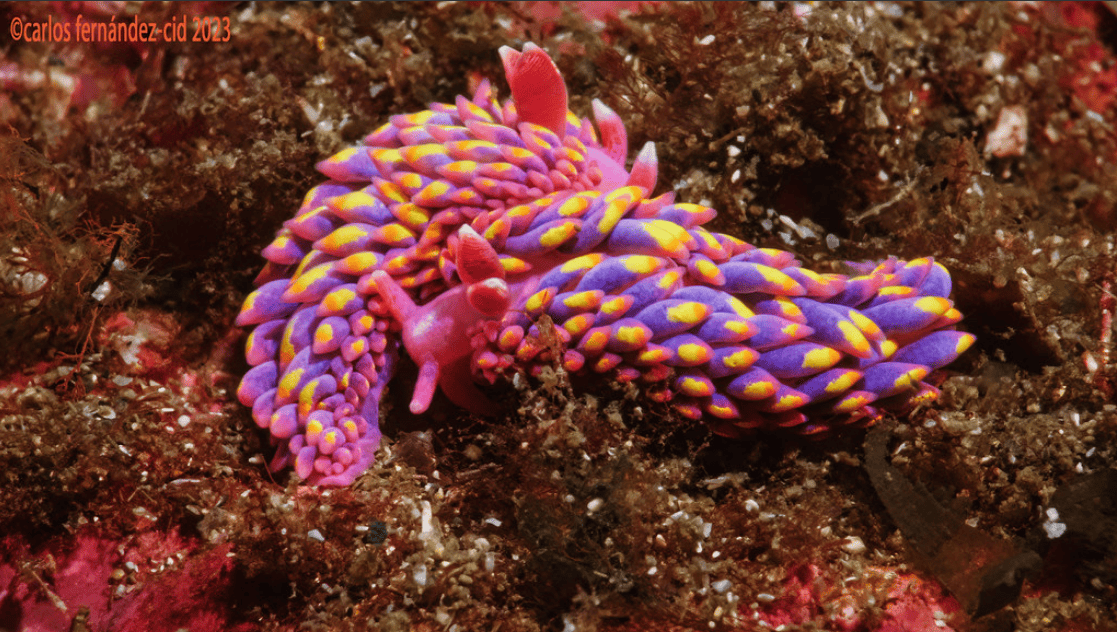
Photo by Carlos Fernandez-Cid
Personally, I think they look like one of those large foamy, pink shrimp sweets, with candy corn growing out of it....
Info from wikipedia unless stated otherwise
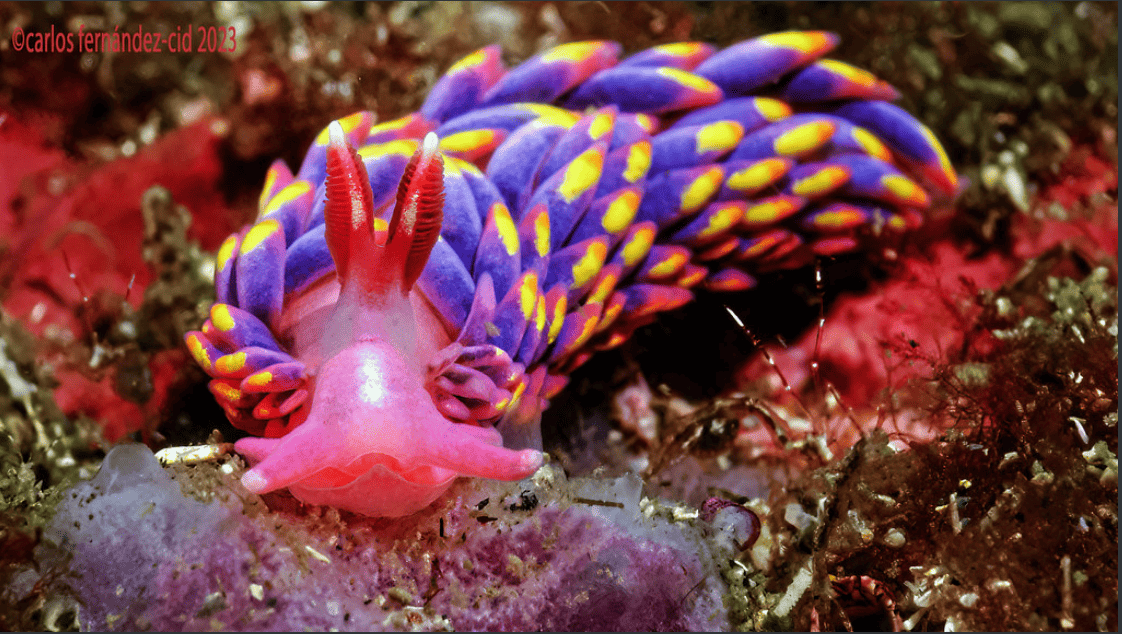
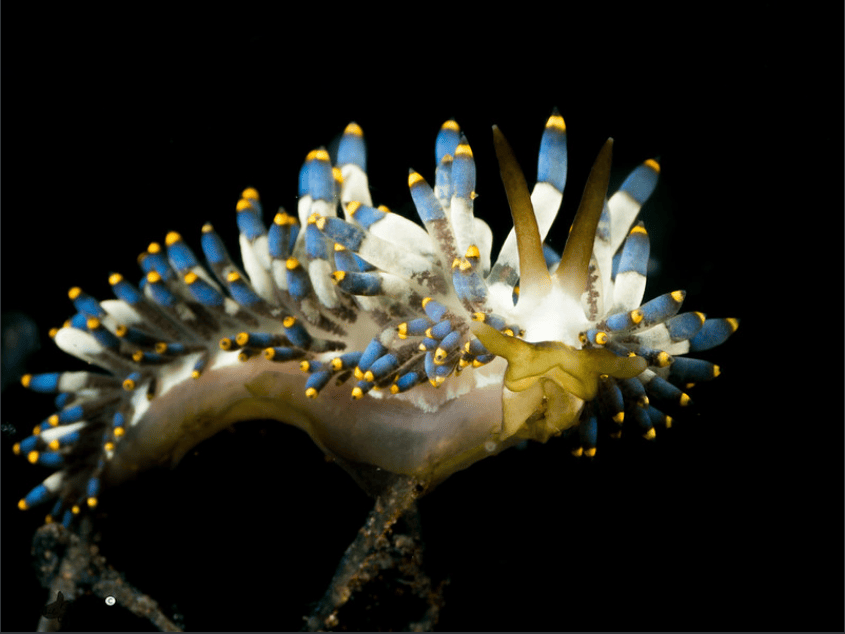
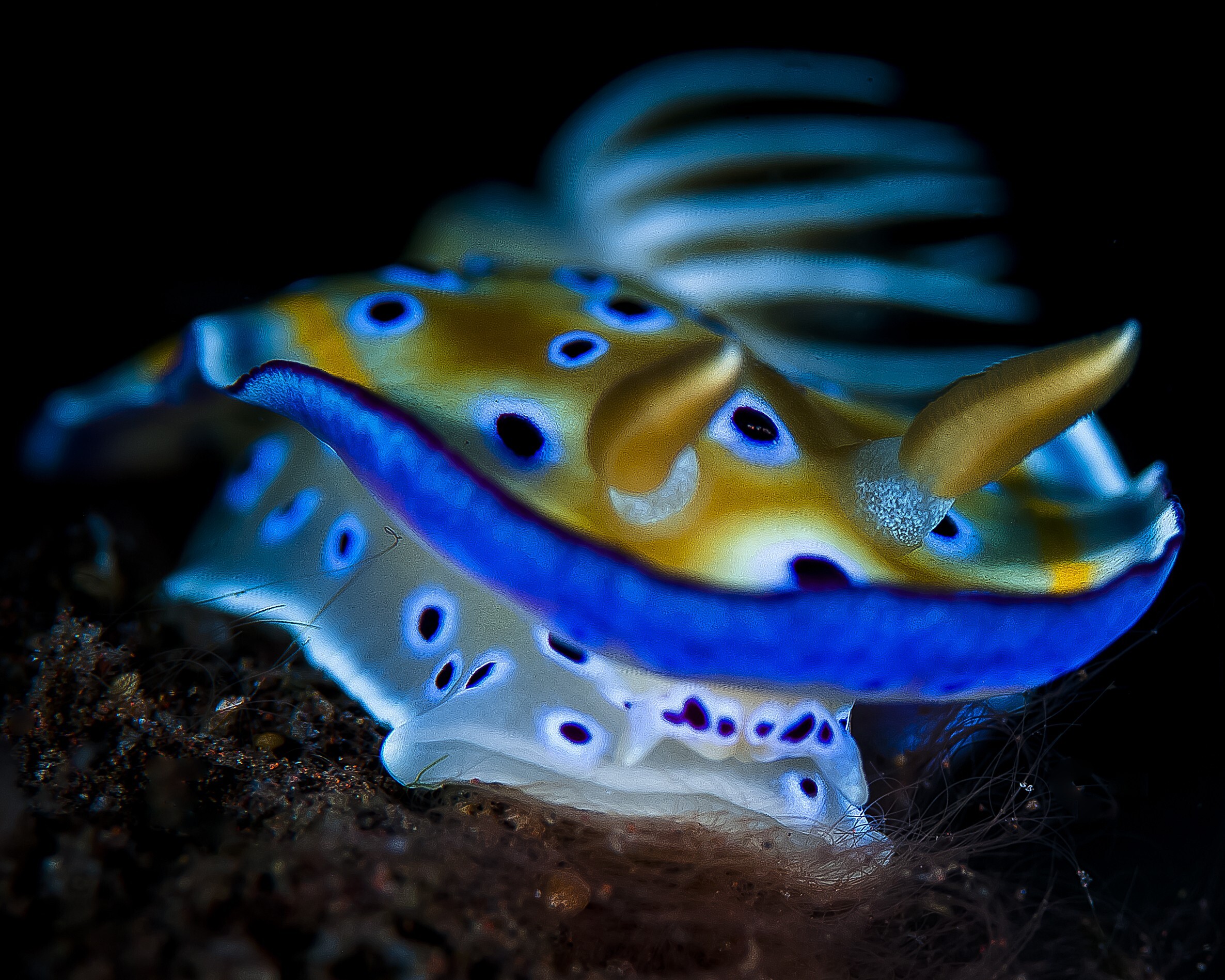
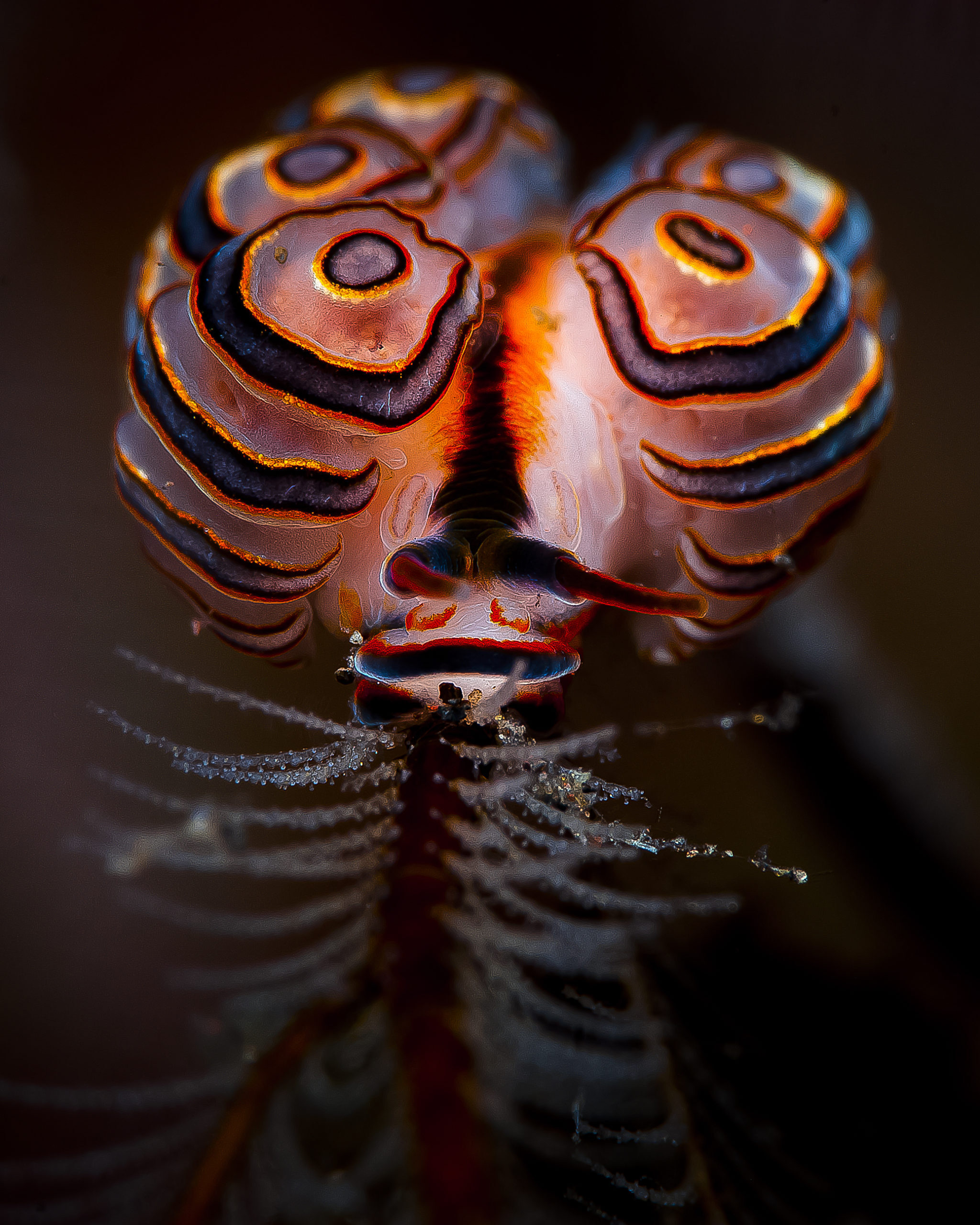
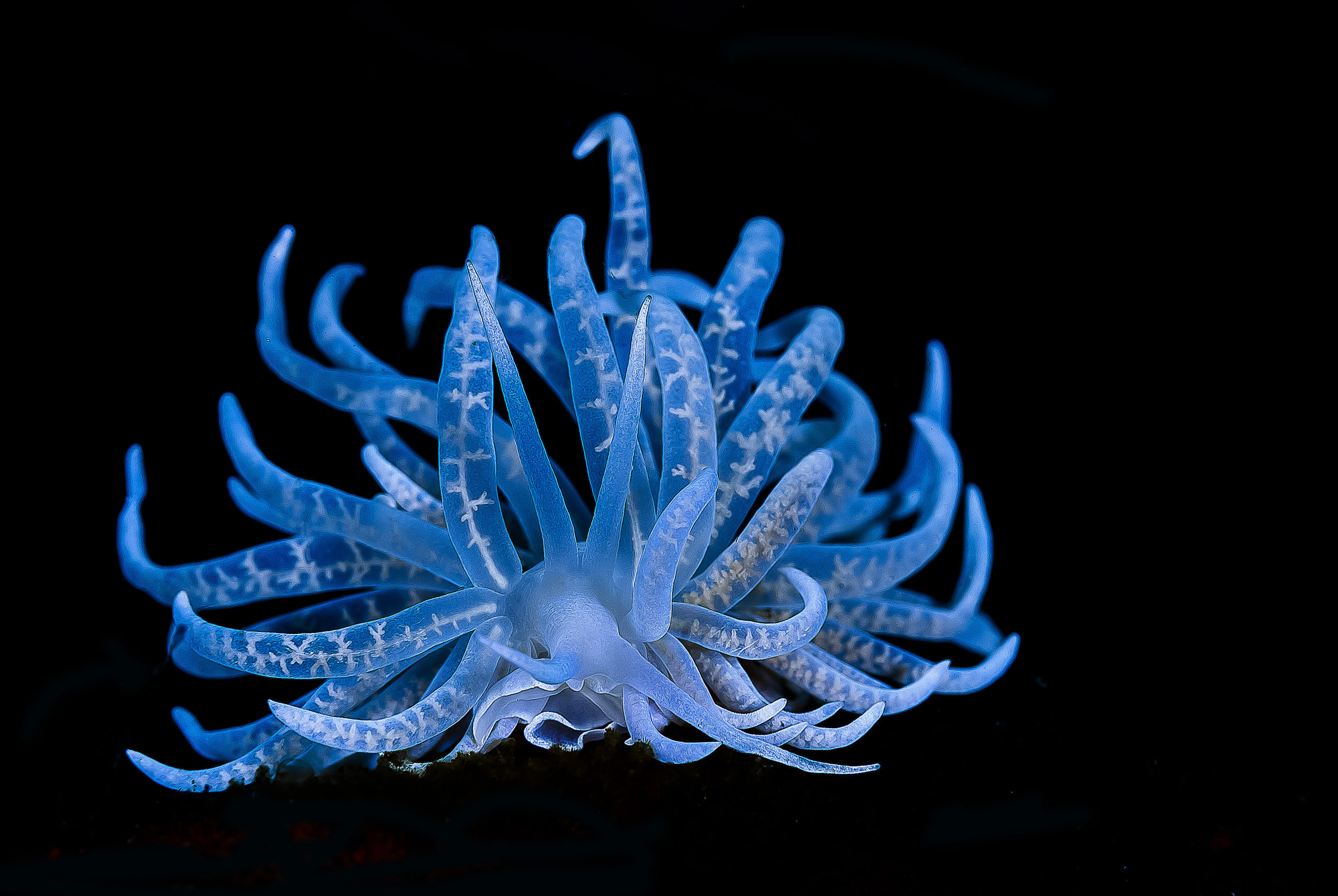
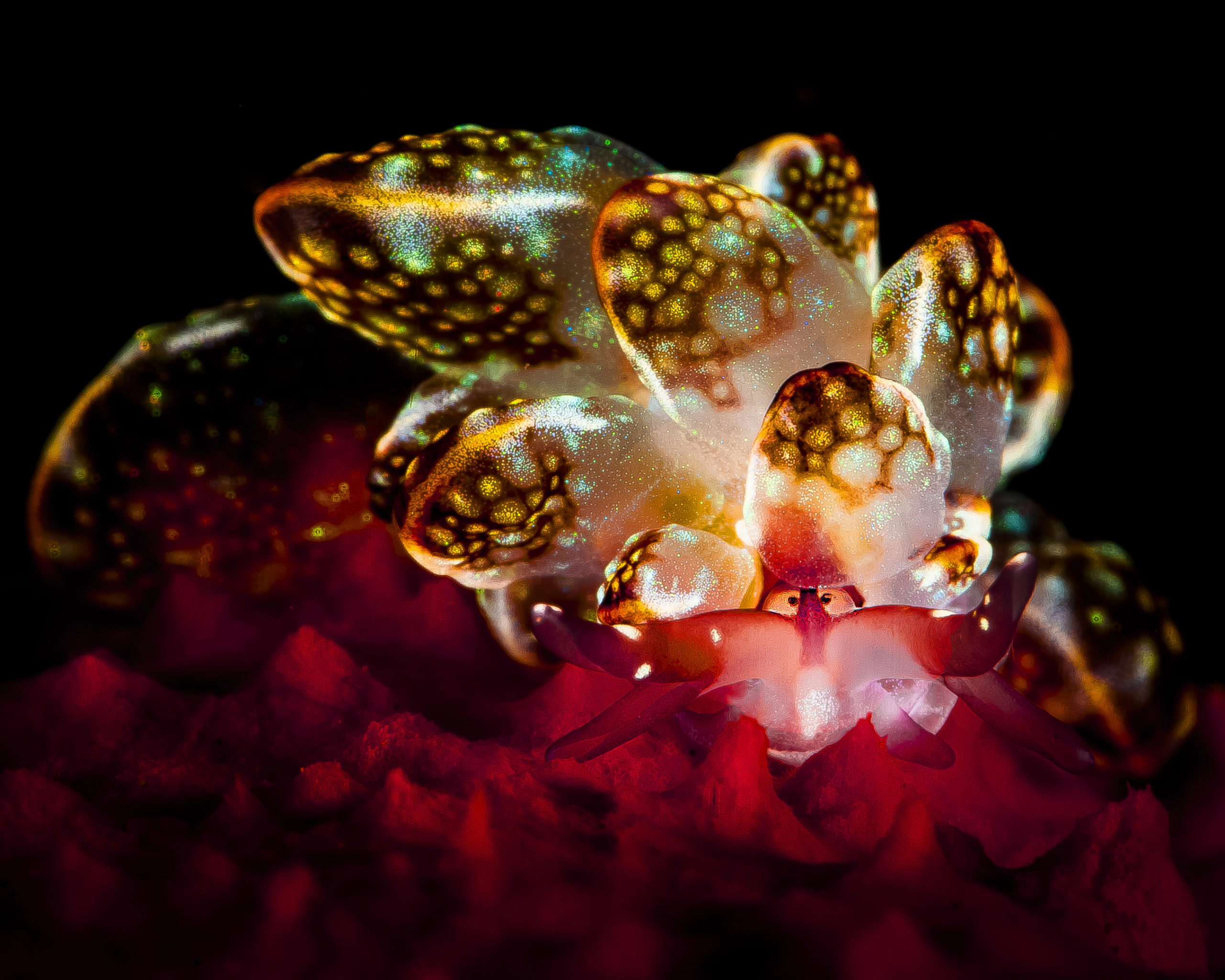
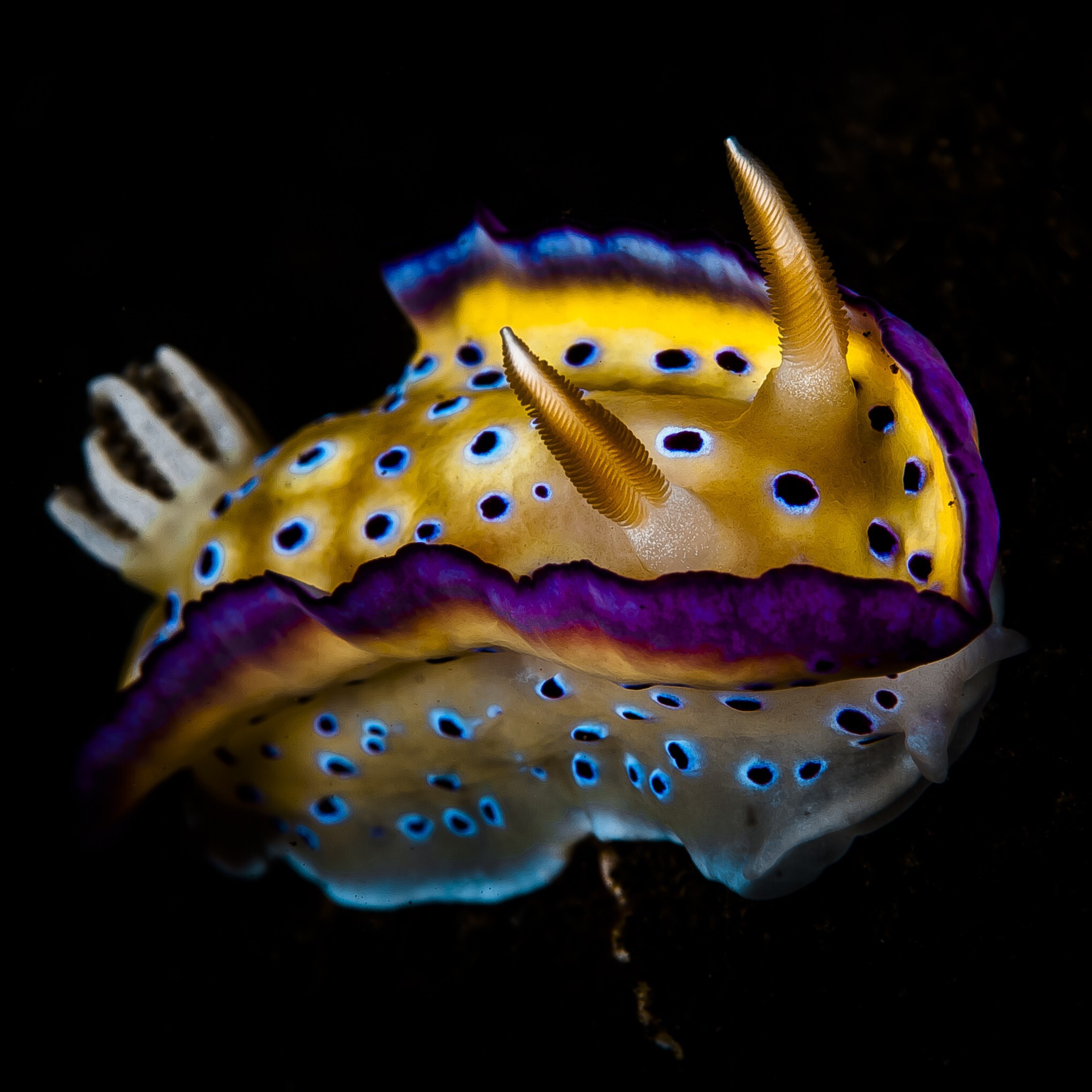

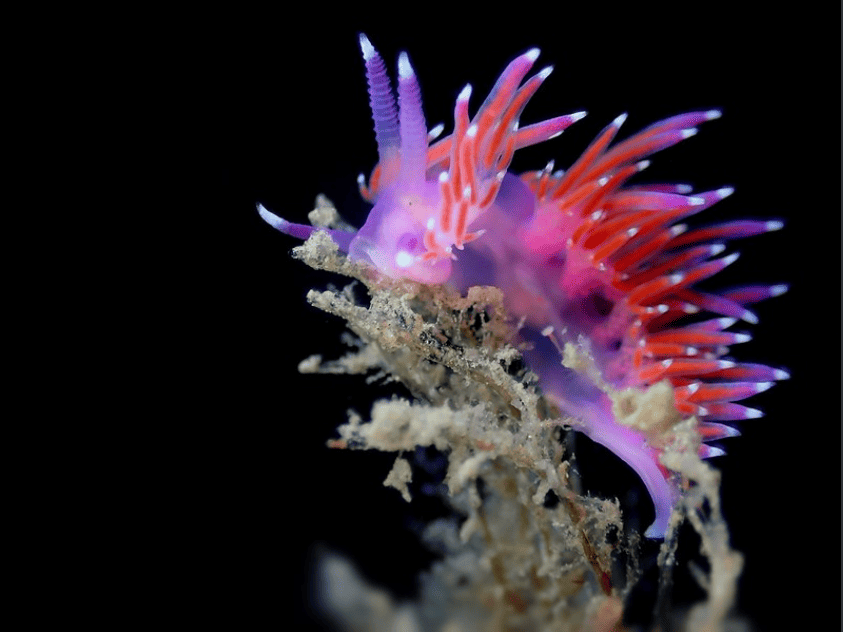
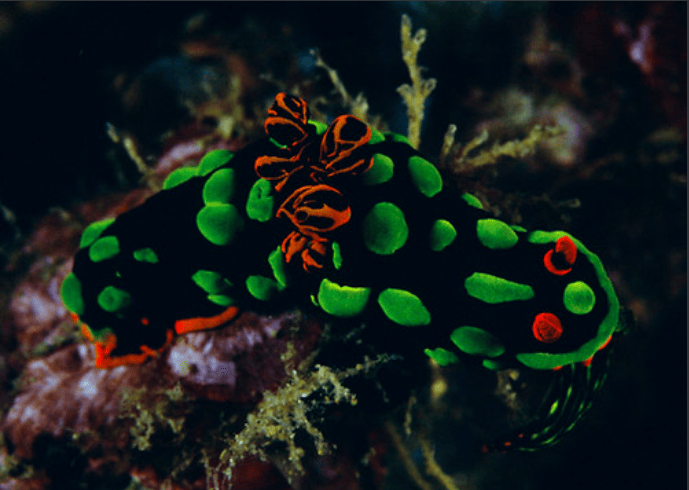
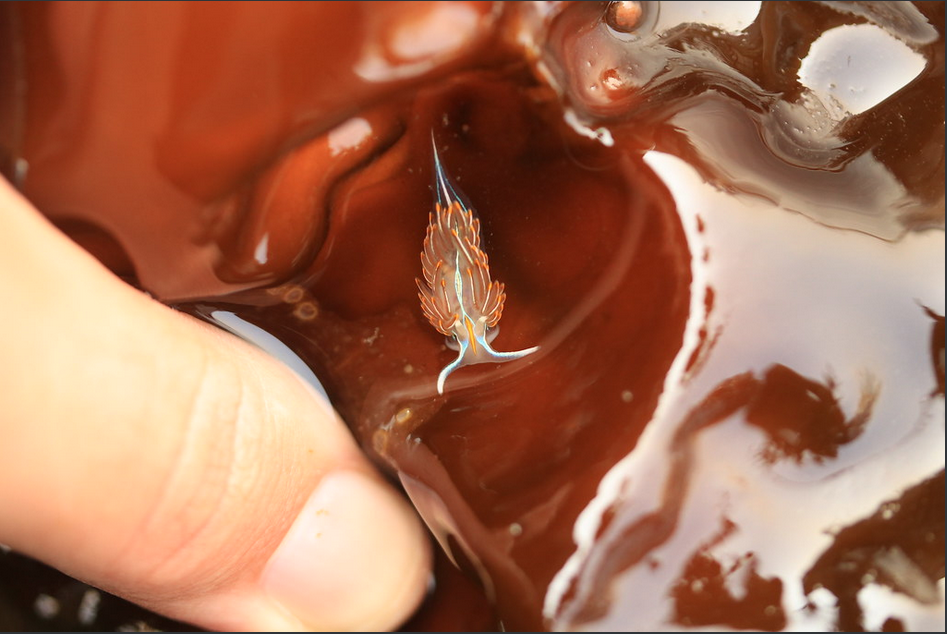
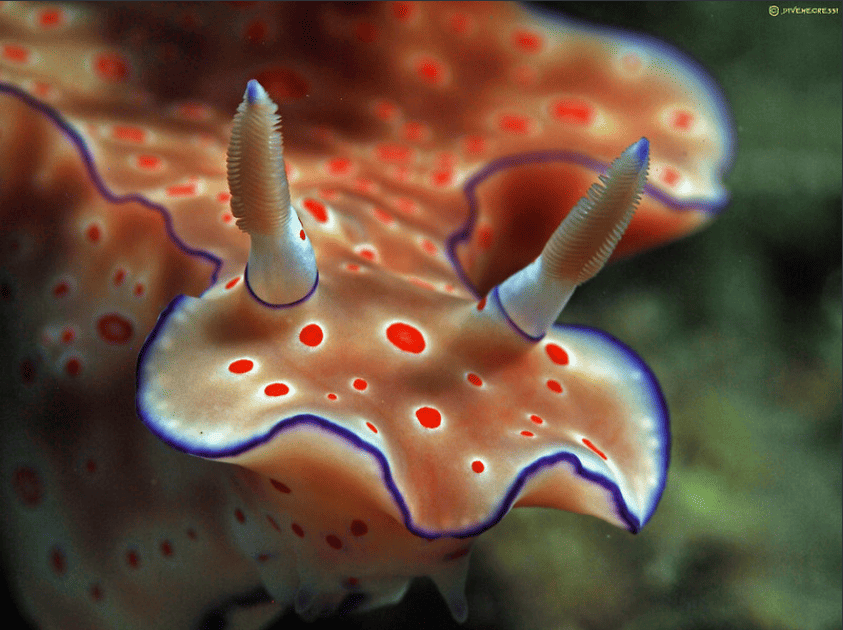
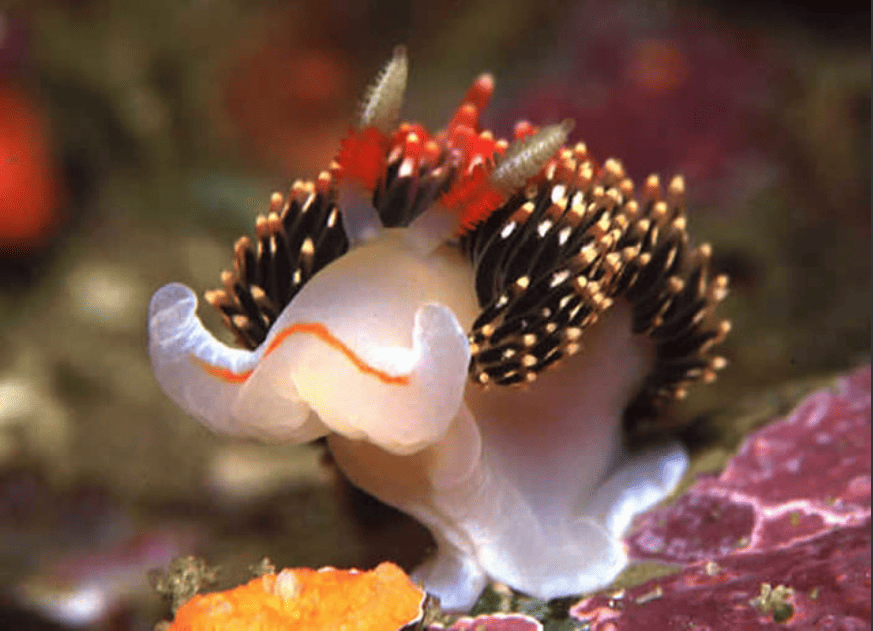

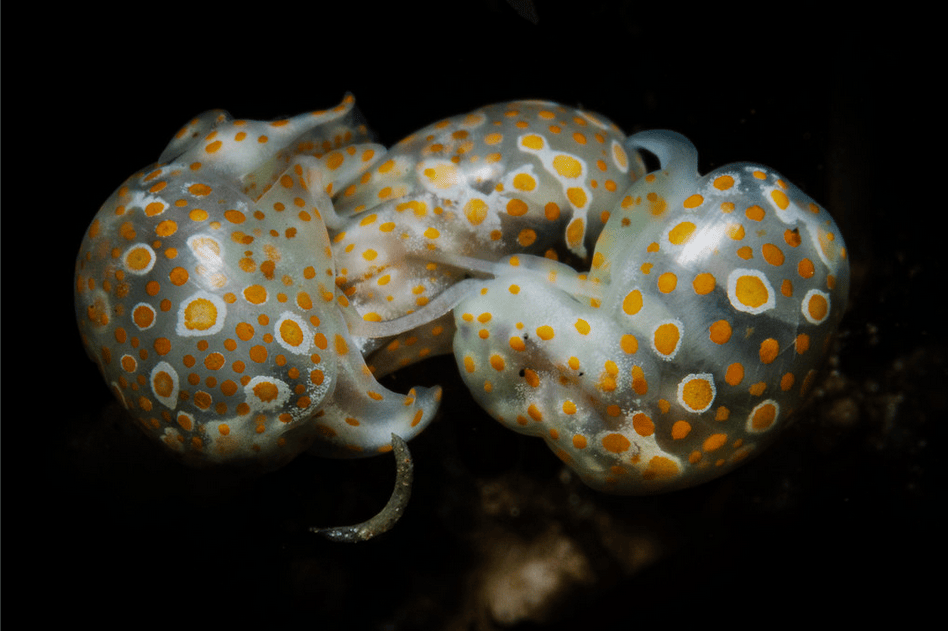
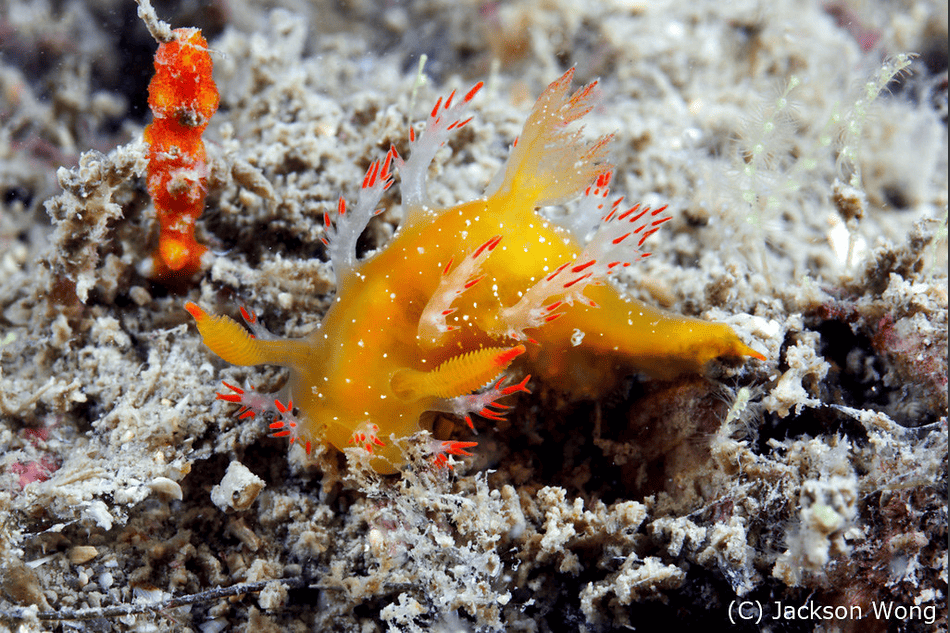
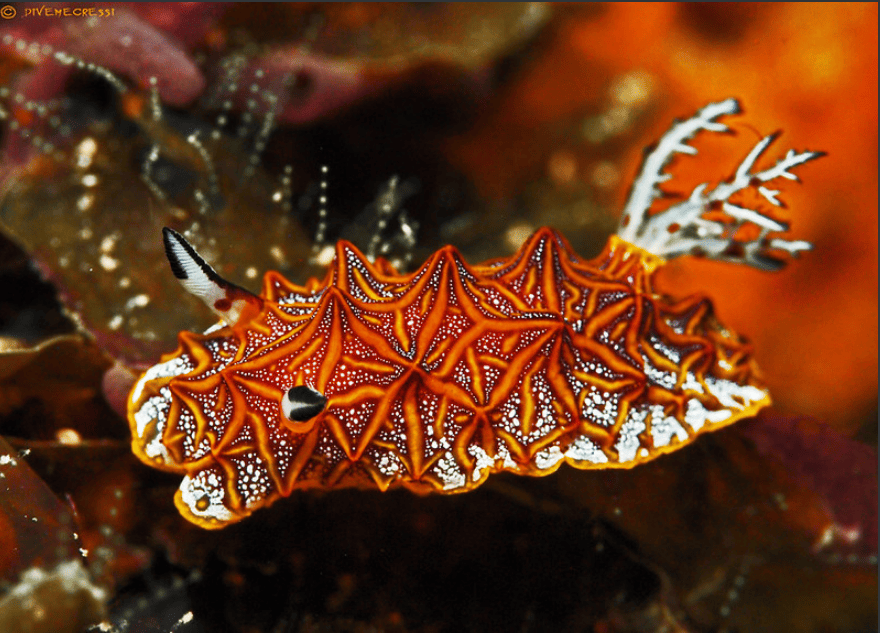
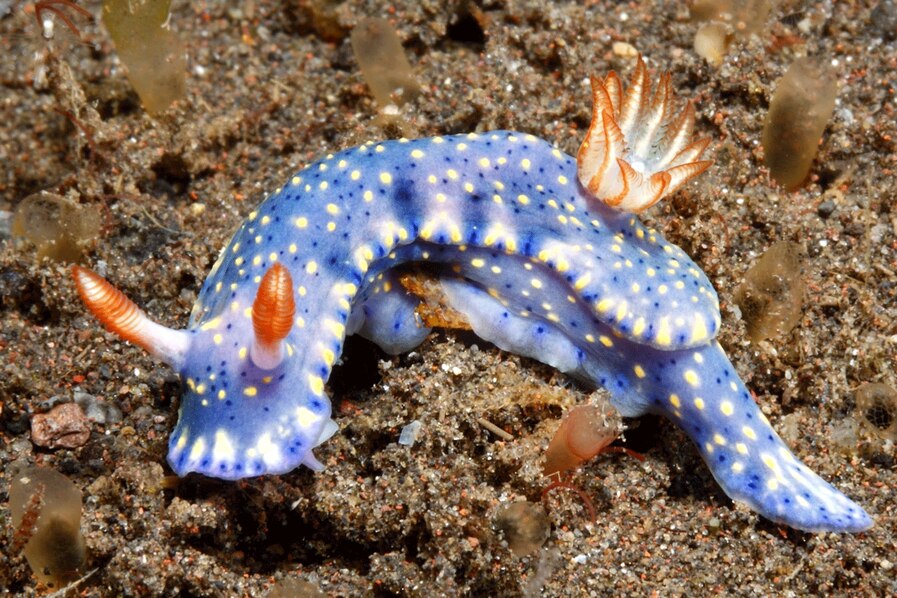
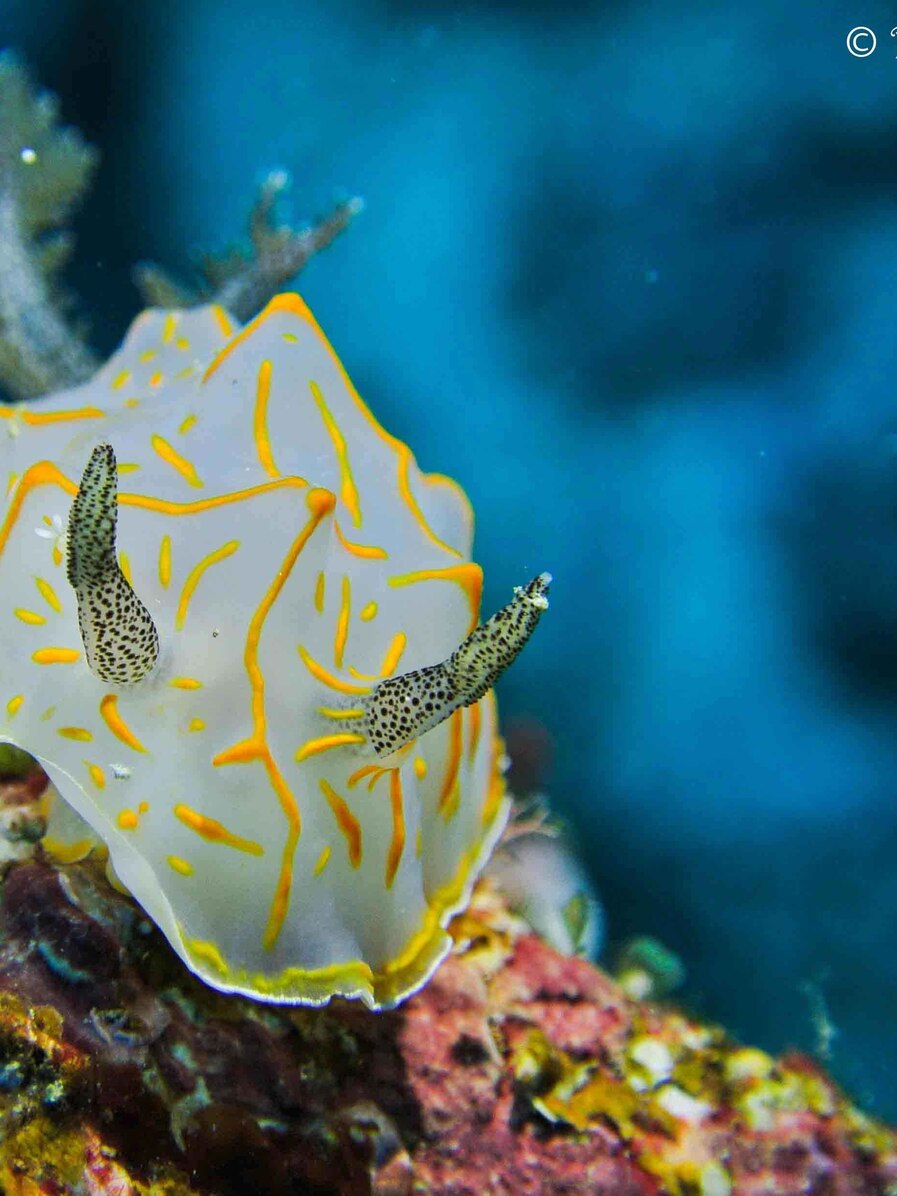
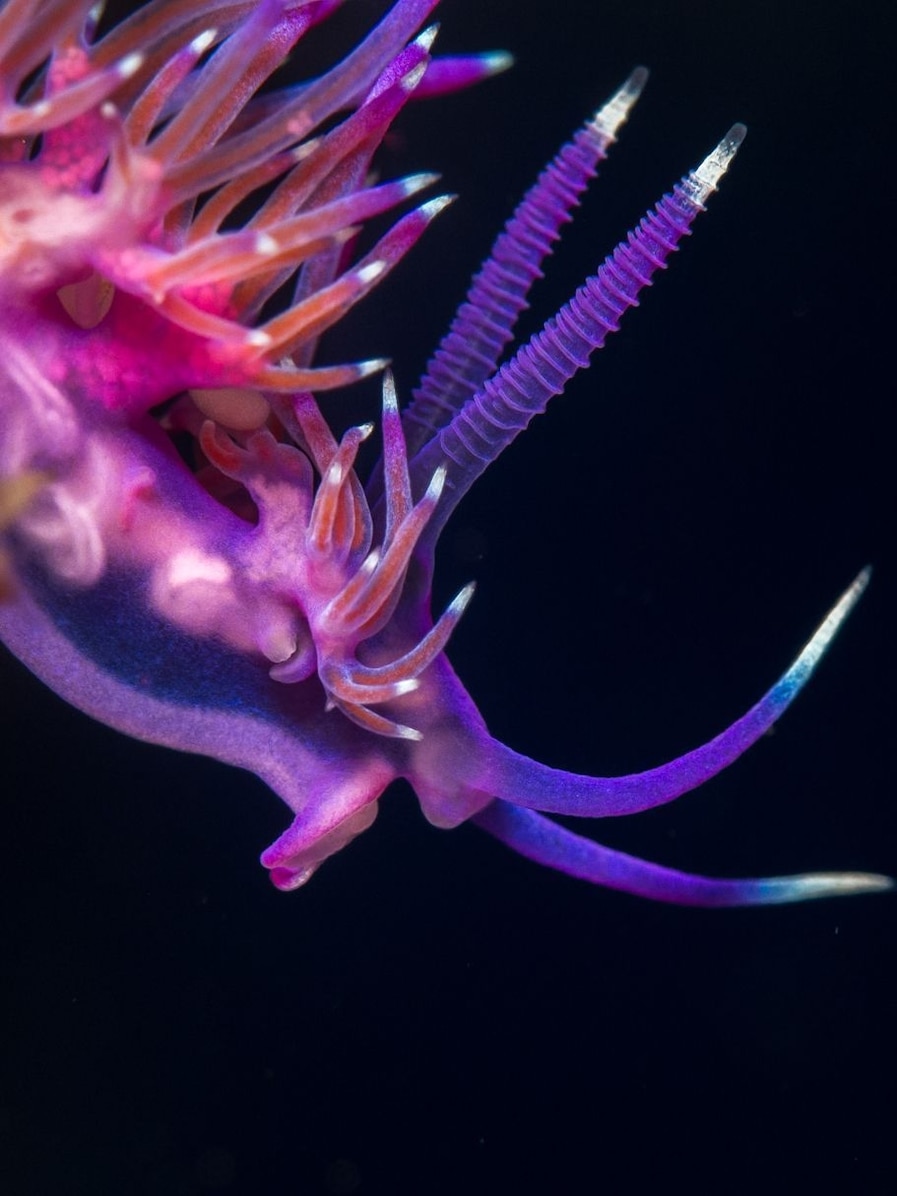
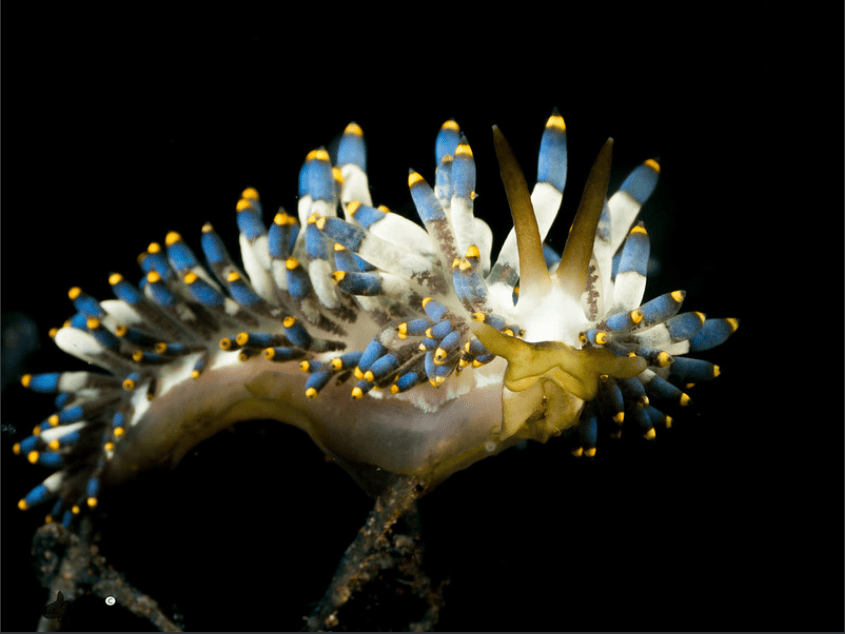
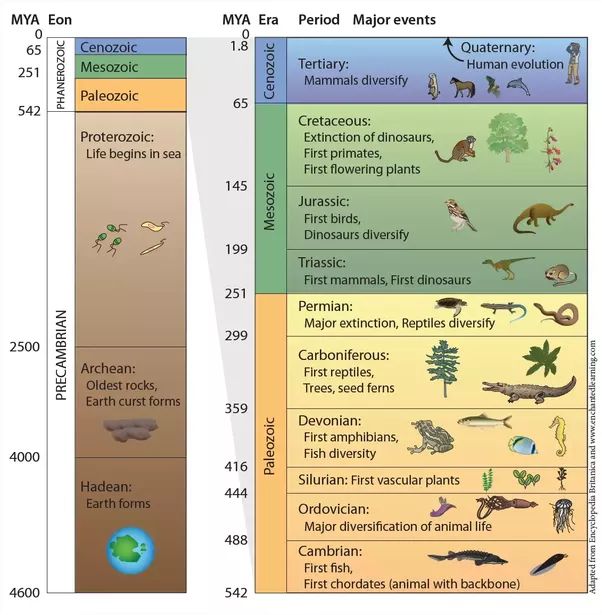

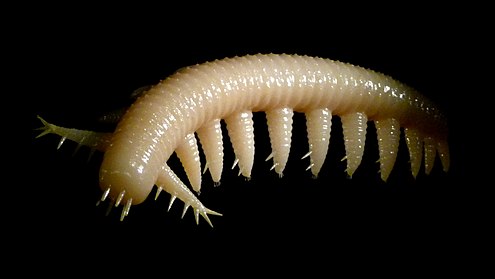


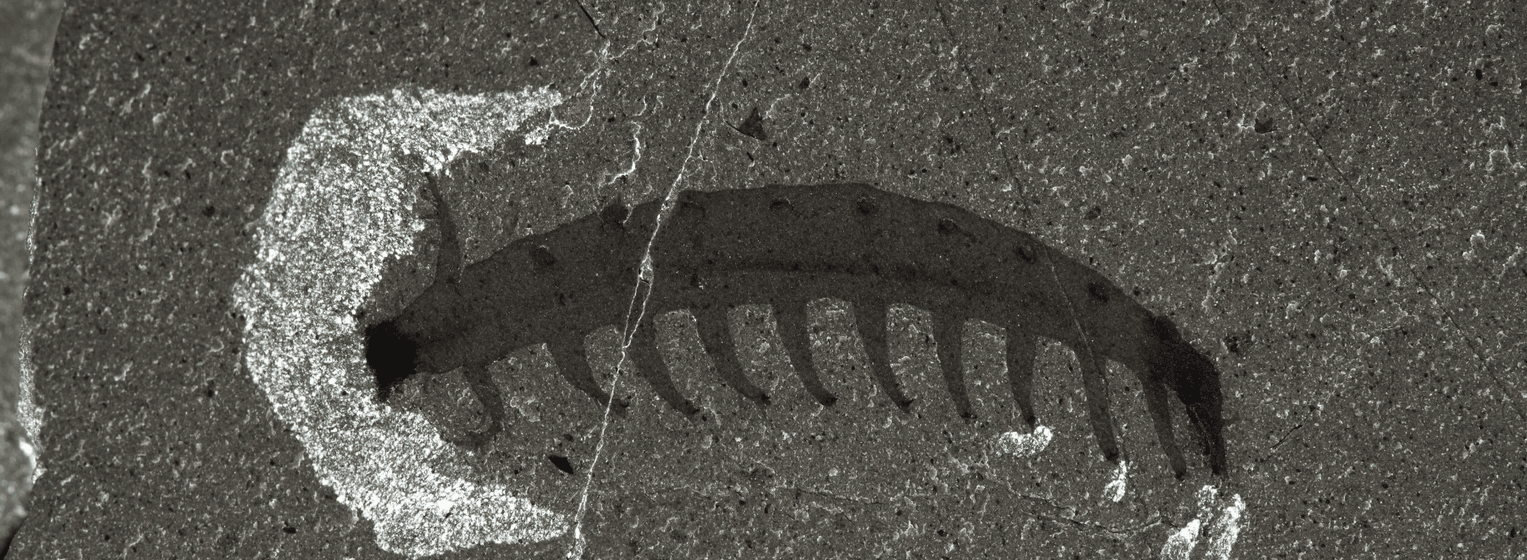
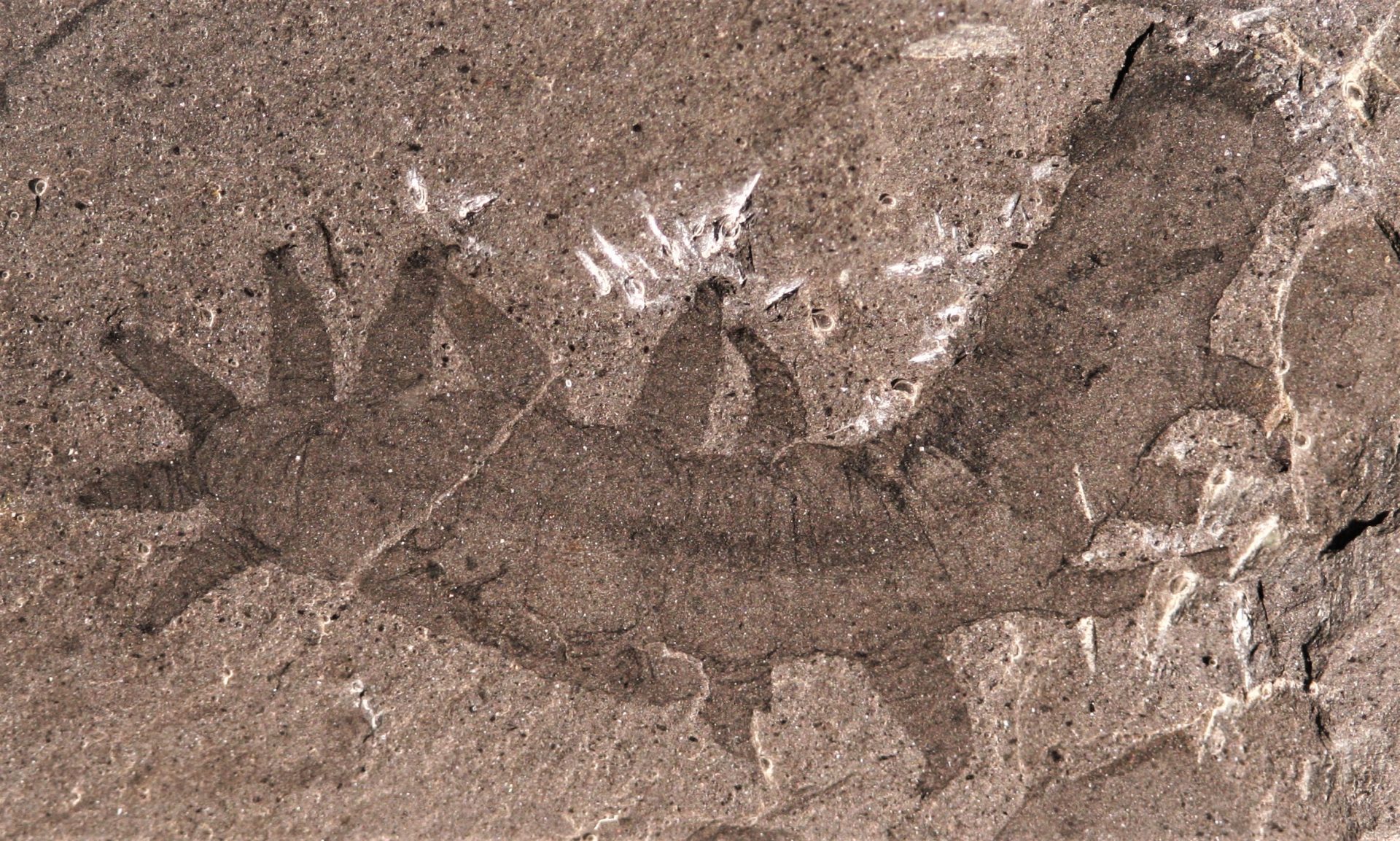

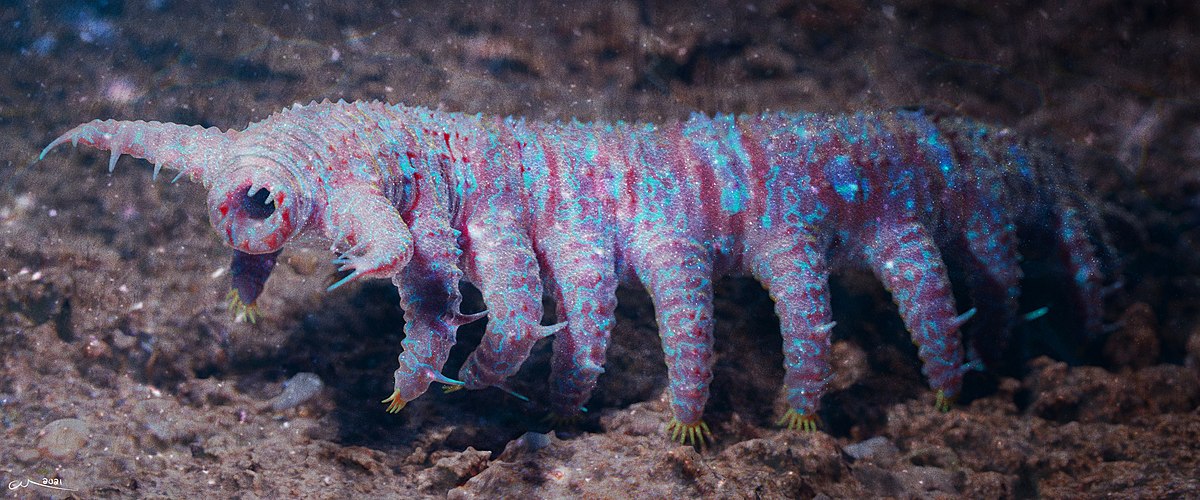

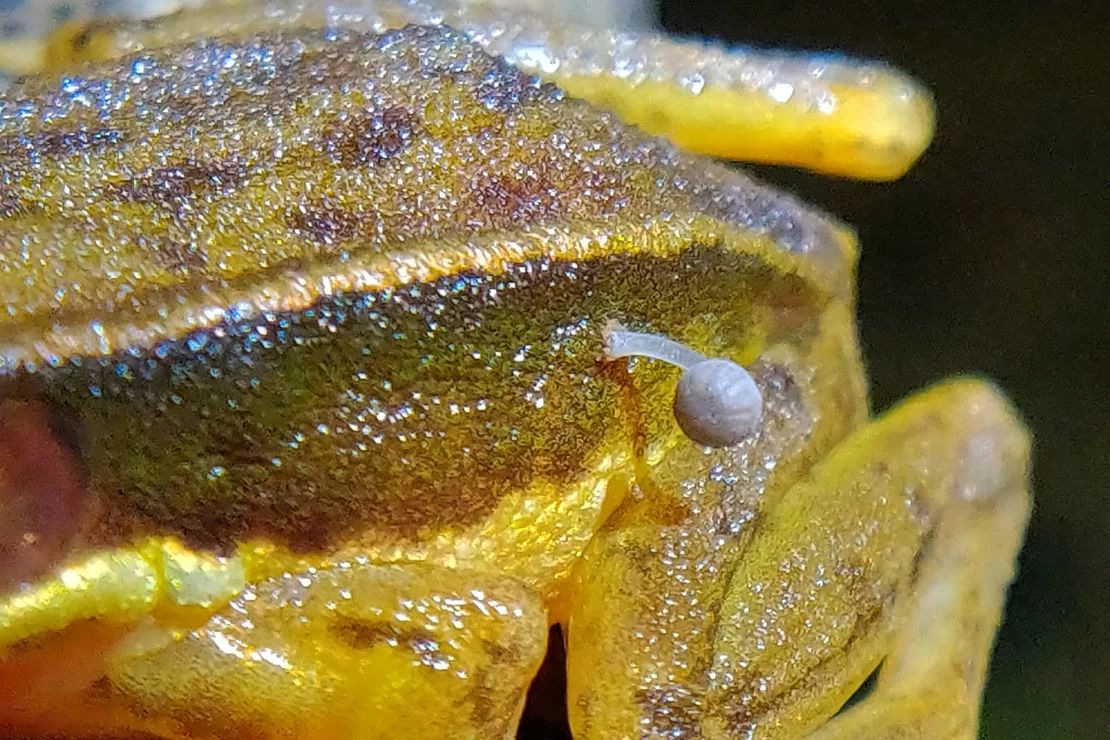
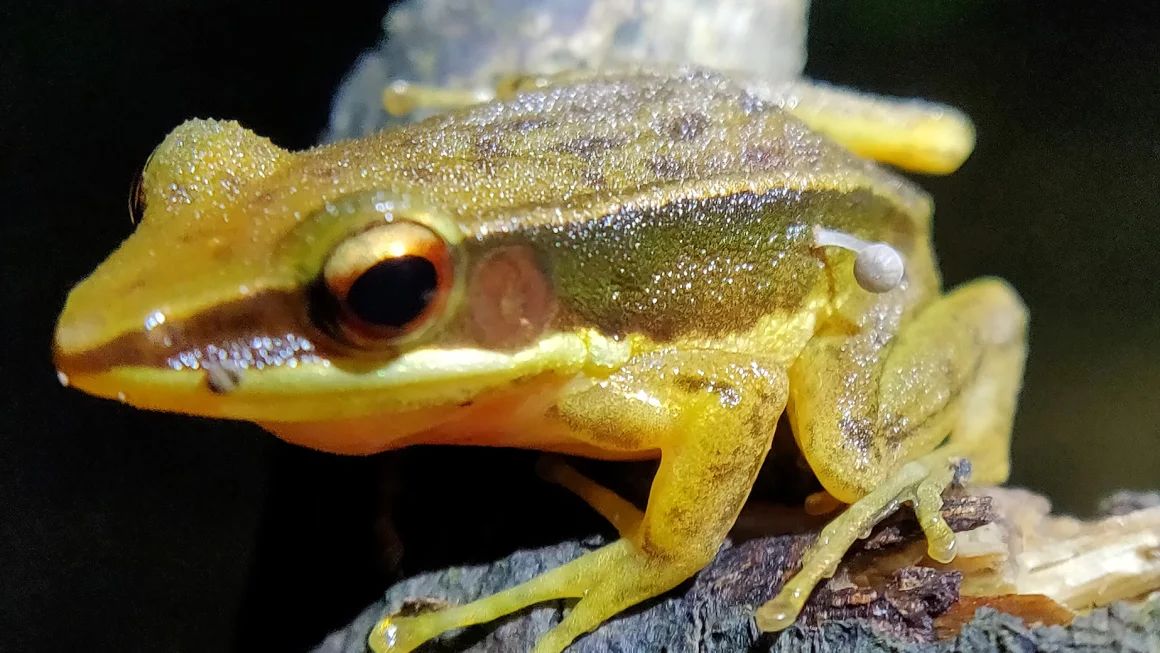
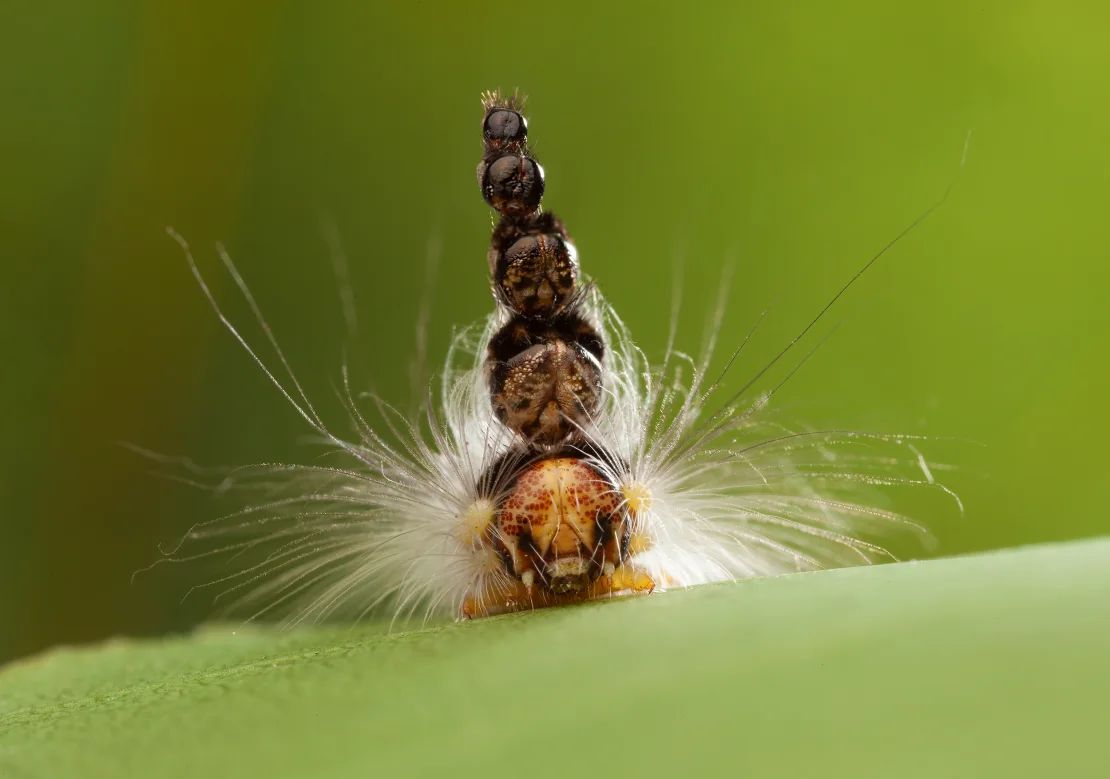



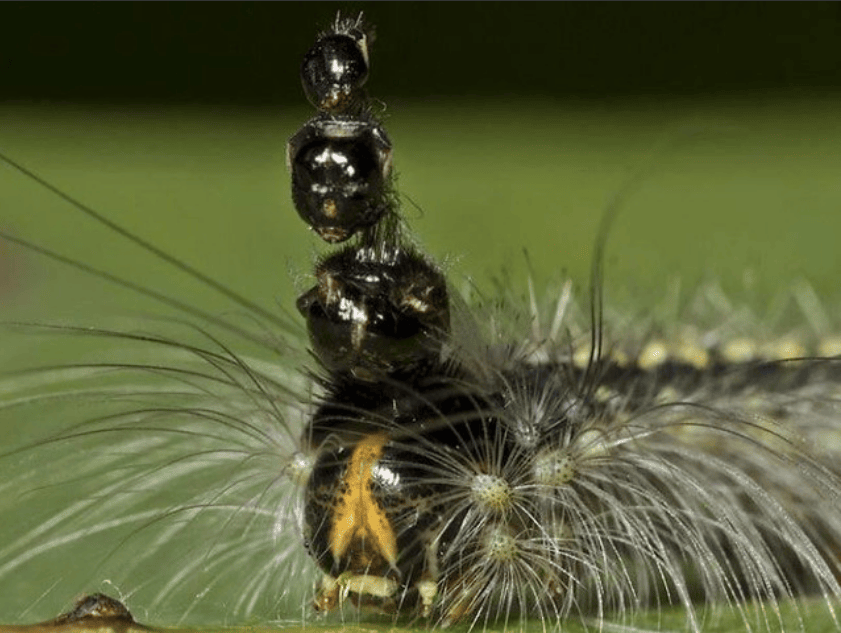
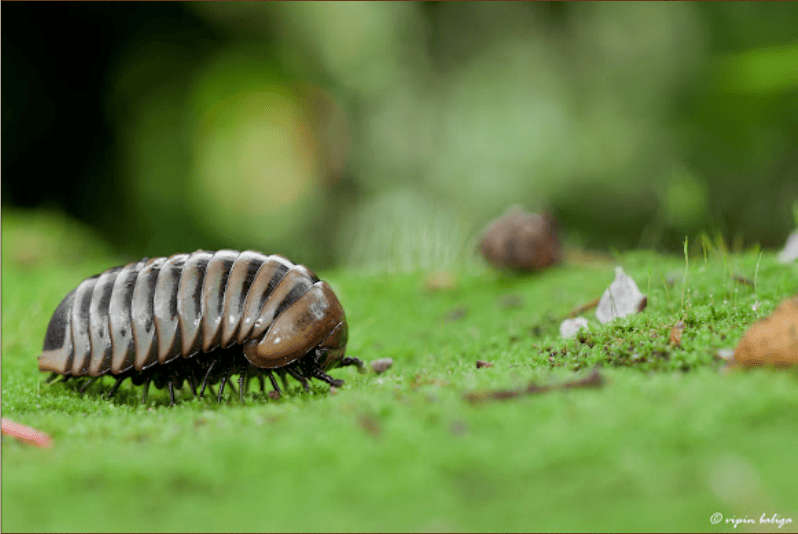
My bf hated that music! I loved it and would get pissed off when he fast forwarded it, I used to look for the elephant and know the hip hop(?) beat would kick in (apologies, I'm not down with the young person lingo these days) 🤘
Brilliant show, actors and intro